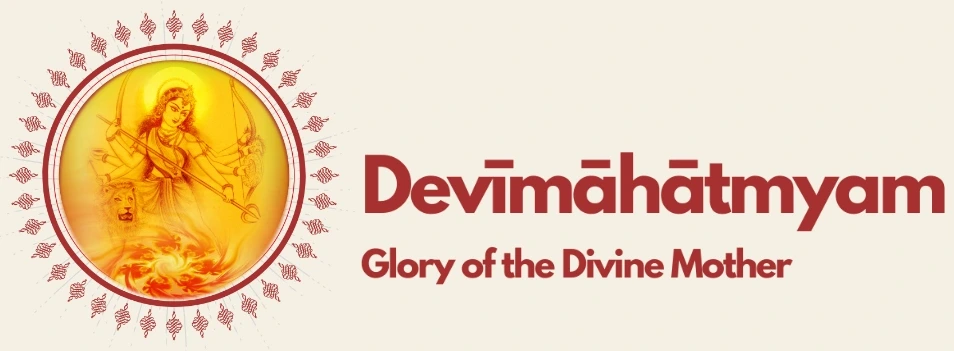Foreword
This exposition of Devī Māhātmya has been undertaken primarily to share the spiritual gains derived from this sacred text with like-minded seekers.
At a very early age, my mother’s father arranged for teaching me the Sanskrit language and securely laid in me the foundation for a spiritual life. After him, my uncle encouraged and initiated me into the japa of navākṣari mantra and the recital of Devī Māhātmyam. As a member of family, wherein there was the daily worship of Meru (the Yantra of Devi) and on occasion the recital of the Caṇḍi, I was also in those days, knowingly or unknowingly, doing the worship and the pārāyaṇa of the text with devotion of a sort. And these never went a vein. I refer to my good fortune of acquiring later on Sri Kapali Sastriar as my Guru.
I was groping in the blind alleys and fumbling in the bylances of Spiritual Quest and he it was who brought me to the Royal Road, paving me the way for the Hereafter. Granting me refuge as a God in human form, he it was who, besides other things, graciously revealed to me the secrets of Devī Māhātmya. Once I asked him: While the Devī Māhātmya speaks of only three great Śaktis, Mahākālī, Mahālakṣmī and Mahāsarasvatī, how is it that Sri Aurobindo in his epoch-making work, The Mother, has spoken of another great Śakti Māheśvarī? Sastriar explained to me in detail the verse “medhāsi devi viditākhila śāstrasārā’, occurring in the fourth chapter of the Devī Māhātmya, opening my eyes to the fact that the four great Śaktis, Māheśvarī, Mahākālī, Mahālakṣmī, and Mahāsarasvatī, are mentioned in the Devī Māhātmya itself. Through his writings as well as oral teachings, he favored me, time and again, with explanations of the principles underlying this text and other spiritual subjects. Just as a son would, without compunction, use the wealth inherited from his father, I have largely drawn upon his works and his teachings to me in the course of his exposition.
S. Shankaranarayanan

